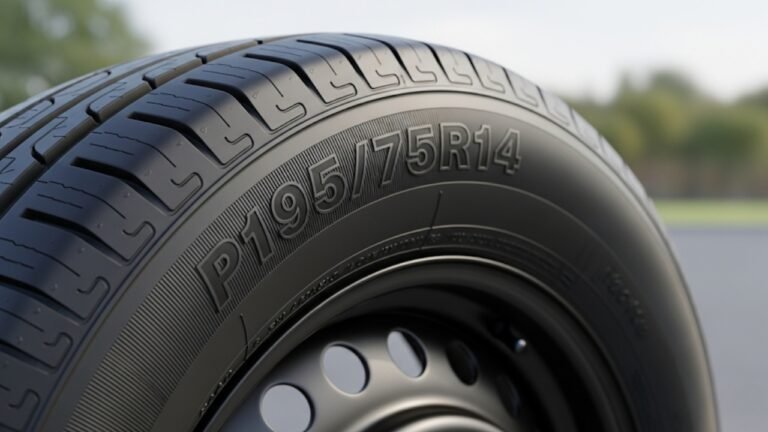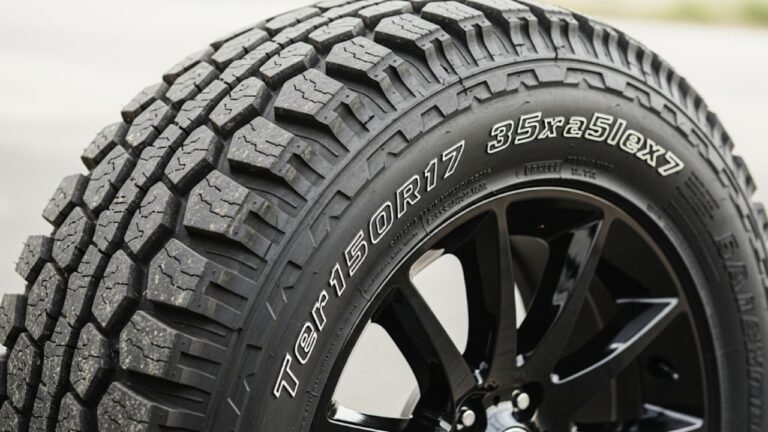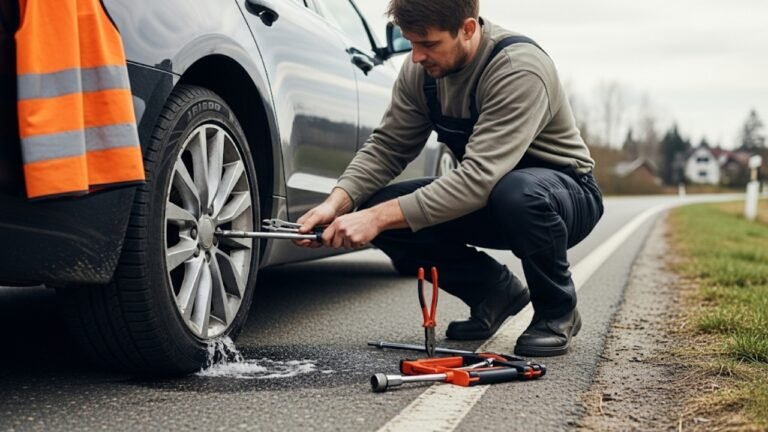How to Put a Tire On: Simple Way
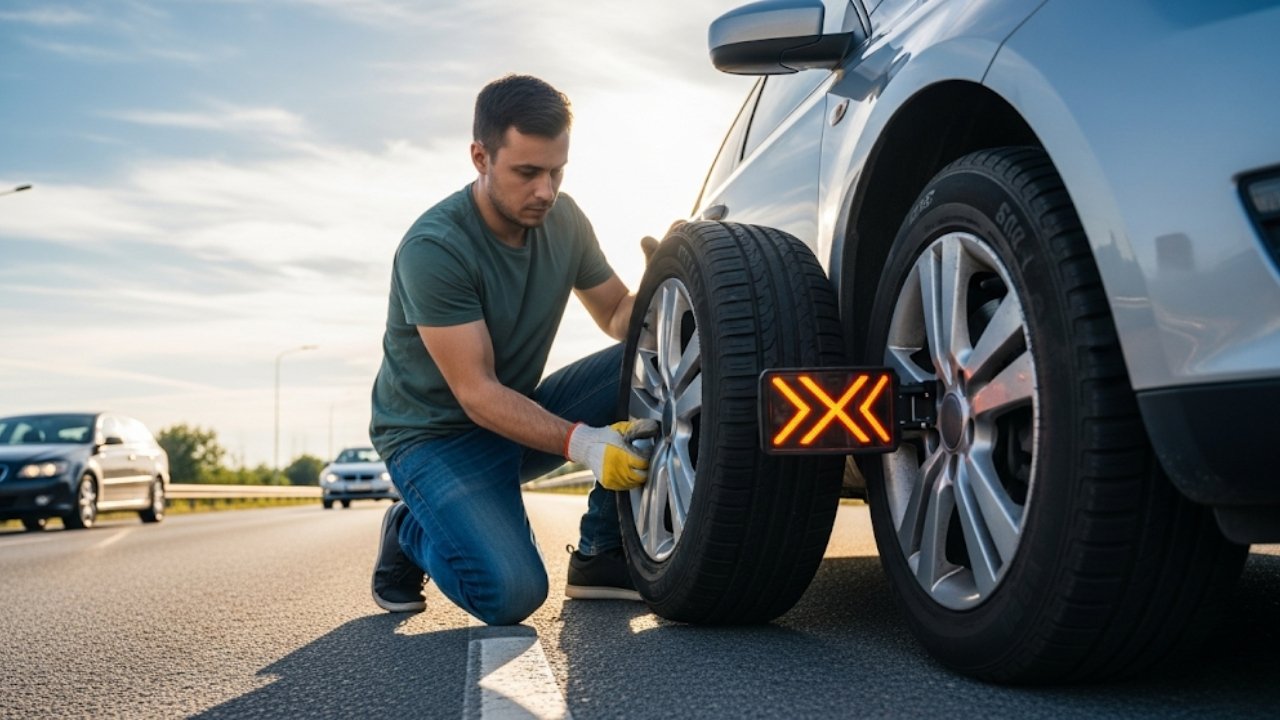
Let’s be honest—no one plans to learn how to put a tire on at the side of the road, probably while it’s raining, your phone’s dying, and you’re already late. But sometimes, life throws you a flat tire, and knowing what to do next can feel like a quiet superpower. I remember the first time I had to change a tire myself. It was on a lonely stretch of highway, and I had no clue where to start. I felt overwhelmed, frustrated, and a little scared. But once I got through it, I felt unstoppable. Like I had leveled up in real life.
This guide is for you—whether you’re a first-timer or just need a friendly refresher. We’ll walk through how to put a tire on, step by step, with easy words, real talk, and a sprinkle of encouragement. No technical jargon, just real-world advice that actually helps.
Why Knowing How to Put a Tire On Matters More Than You Think
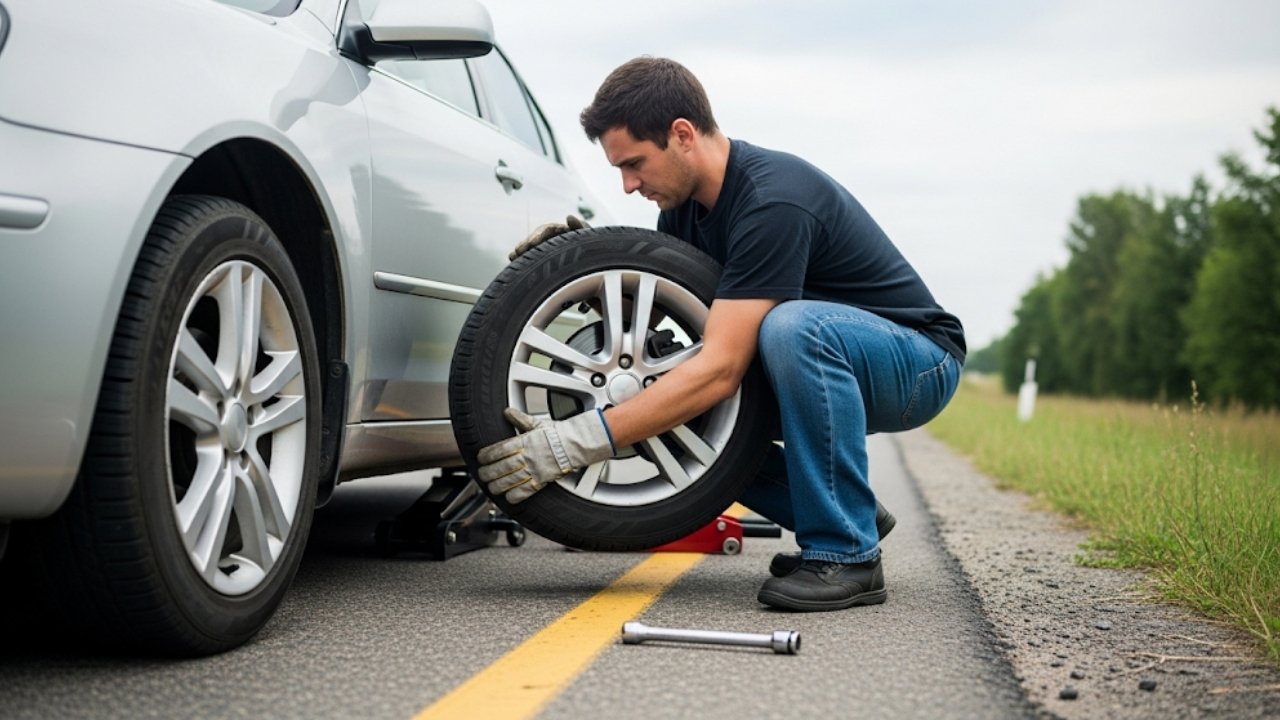
Think about it: your safety, your family’s safety, and even your confidence are tied into this one little task. When you know how to change or install a tire, you no longer have to panic in parking lots, back roads, or highways.
Also, let’s not ignore the financial perk. A tow or service call can cost anywhere from $50 to $150. Why spend that if you can handle it in 15–20 minutes on your own? By the end of this article, you’ll know exactly how to put a tire on like a pro—even if you’ve never held a wrench before.
What You’ll Need – Tools You Can’t Do Without
Before diving into action, let’s get your toolkit sorted. Here’s a simple checklist so you don’t miss anything:
️ Tire Changing Tools Checklist:
-
Spare tire (make sure it’s properly inflated)
-
Jack (usually found in your car’s trunk)
-
Lug wrench (commonly shaped like an “L” or “X”)
-
Wheel wedges (to prevent rolling)
-
Flashlight (especially for nighttime or low-light areas)
-
Tire pressure gauge (handy but not mandatory)
-
Gloves and a small towel (optional, but helpful)
-
Owner’s manual (your secret weapon)
I keep most of these in a small tote bag in my trunk. Trust me, future-you will thank you.
Getting Set Up: Prepare Before You Put a Tire On
Changing a tire isn’t hard, but you’ve got to respect the process. It’s kind of like making pancakes—easy if you don’t skip the prep. Here’s what you should do first:
1. Find a safe, flat place to park
Pull over to the side of the road, parking lot, or shoulder—just make sure it’s flat and solid. Sloped ground can cause the car to shift once it’s jacked up.
2. Turn on hazard lights
Let other drivers know you’re parked for a reason. Safety first!
3. Apply the parking brake
This keeps your car steady. Think of it as putting the vehicle in “pause mode.”
4. Use wheel wedges
Place these behind the wheels opposite to the flat one. If you’re changing a front tire, wedge the back ones. For rear tires, wedge the front. This keeps your car from rolling.
5. Check your owner’s manual
Every car is a bit different. Some hide the spare under the vehicle. Others tuck it in the trunk well. Some use bolts instead of nuts. Your manual is your cheat code.
Removing the Flat Tire: Step-by-Step Made Simple
Here’s where the magic begins. To put a tire on, you first need to take the old one off. Don’t rush it. Think of it like peeling an orange—do it right, and it’s clean and easy.
Step 1: Loosen the Lug Nuts
Before you jack the car up, grab your lug wrench and turn each lug counter-clockwise. They might be tight, especially if a machine last tightened them. Use your body weight to help. Just loosen them, don’t remove them yet.
Step 2: Position the Jack
Check your car’s manual for the jack points (usually behind the front wheels or in front of the rear ones). Position the jack there and raise the car until the flat tire is just above the ground.
Step 3: Remove the Lug Nuts and the Flat Tire
Now fully unscrew the lug nuts and put them somewhere safe (like a cupholder or on your floor mat). Pull the tire toward you gently. It might be heavy but should come off without a fight. If it’s stuck, a gentle kick (yes, seriously) can help loosen it.
Putting the New Tire On: The Moment of Truth
Now it’s time for the most satisfying part—how to put a tire on properly. It’s not just about sticking it on. It’s about balance, alignment, and confidence.
Step 1: Line It Up
Hold the spare tire with both hands. Align the holes with the bolts and gently slide it onto the hub. Don’t rush—this is the part where you need steady hands.
Step 2: Replace and Tighten Lug Nuts (Just a Bit)
Place the lug nuts back on the bolts and twist them by hand. Don’t use the wrench yet. Just screw them in loosely in a crisscross pattern. This helps balance the tire.
Step 3: Lower the Car
Use the jack to slowly lower the vehicle until the tire touches the ground. Don’t fully drop it yet—just enough for the wheel to stay in place.
Step 4: Fully Tighten the Lug Nuts
Now use your wrench to tighten the nuts in that same crisscross pattern. Tighten them as much as you can. If you’ve got a torque wrench (optional), use it to reach the manufacturer’s recommended tightness.
Step 5: Lower the Car Completely
Remove the jack and put it back in your car. The hard part’s over.
Final Safety Checks Before You Hit the Road
You’ve done the hard part—but before driving off, there are a few quick but essential checks that can make all the difference.
✅ Check the Tire Pressure
If you have a tire pressure gauge, use it now. The recommended pressure is usually on a sticker inside your driver-side door or in your owner’s manual. If it’s low, drive slowly to the nearest gas station to fill it. Never speed on an under-inflated tire—it can be dangerous.
✅ Listen and Feel for Weird Noises
Drive a few yards and stop. Does anything feel off? Is there a grinding noise, or does the car pull to one side? That could mean the tire isn’t aligned properly, or the lug nuts need more tightening.
✅ Retighten After 50–100 Miles
It’s a good habit to check and retighten the lug nuts after a short drive. Sometimes they settle a bit after movement.
When You Should NOT Try to Put a Tire On Yourself
Even though knowing how to put a tire on is incredibly empowering, there are moments when it’s best to leave it to the pros.
-
You’re on a narrow road or blind curve – Too risky.
-
Your lug nuts are rusted or stuck – Forcing them can snap the bolts.
-
️ Heavy rain, snow, or poor visibility – It’s not worth the danger.
-
️ Multiple tires are flat or damaged – That’s a tow truck situation.
-
❌ You feel unsafe or unsure – Always trust your gut.
Knowing your limits isn’t a weakness. It’s a superpower called self-awareness.
A Few Honest Tips from Real-Life Experience
These are the little things no manual will tell you, but they can make all the difference:
-
Lay a towel or mat down so you’re not kneeling on dirt or gravel.
-
Keep a headlamp in your glovebox—it’s way better than a flashlight in your mouth.
-
If your spare is a “donut” tire, don’t drive more than 50 miles or over 50 mph.
-
Label your lug nuts’ pattern on paper before removing them if you’re forgetful. That crisscross pattern matters!
-
Invest in a small air compressor that plugs into your cigarette lighter. Life-saver.
One of my friends once tried to change a tire in flip-flops. He now swears by keeping a pair of sneakers in the trunk. It’s the kind of wisdom you earn the hard way.
FAQs: Common Questions About How to Put a Tire On
❓ How long does it take to put a tire on?
It typically takes 15 to 30 minutes if you have the right tools and know the steps. With practice, it gets quicker!
❓ Can I put a tire on without a jack?
No, you can’t safely remove or install a tire without lifting the car. A jack is essential.
❓ What if my spare tire is flat?
You’ll need to inflate it using a portable air pump or get help from roadside assistance. Always check your spare’s air pressure monthly.
❓ Can I reuse a flat tire later?
Sometimes. If it’s just a puncture, a tire shop can usually repair it. But if there’s sidewall damage or a blowout, it’s time for a replacement.
❓ Should I tighten lug nuts when the car is off the ground?
Tighten them lightly by hand when the car is jacked up. Fully tighten only after the car is lowered back to the ground.
❓ Why is the crisscross pattern important?
It ensures even pressure and a tight fit. Tightening one side too much can cause the wheel to seat unevenly.
❓ How do I know if I did it right?
The car should feel normal when driving—no vibrations, pulling, or clunking noises. If anything feels off, pull over and double-check your work.
❓ Is it safe to drive long distances on a spare?
Only if it’s a full-size spare. Donut spares are temporary and not meant for long drives. Check the type before relying on it.
Final Thoughts: One Tire Closer to Confidence
Learning how to put a tire on might seem small, but it’s one of those life skills that hits different. It’s more than just turning wrenches or reading manuals. It’s about being prepared, trusting yourself, and staying calm when things go sideways—literally.
When you change your own tire for the first time, it feels like you’ve taken control in a world that often feels unpredictable. And honestly? That feeling is priceless. Whether you’re on a solo road trip, heading to work, or just grabbing groceries—knowing that you’ve got this makes every ride smoother.
So keep your spare tire inflated, your tools organized, and your head clear. And the next time someone asks, “Hey, do you know how to put a tire on?” you can smile and say, “Yeah. I’ve got it.”



